Table of content
Stir-fried small river shrimp, a dish deeply rooted in Chinese culinary tradition, embodies the harmony of simplicity and complexity. Often hailed as a humble yet exquisite delight, this recipe celebrates the natural sweetness of tiny freshwater crustaceans while showcasing the dynamic interplay of aromatics, heat, and texture. From bustling night markets to family kitchens, this dish has captured hearts and palates across generations, offering a taste of riverside abundance and culinary craftsmanship.

The Essence of Small River Shrimp
Small river shrimp, known as xiahe xia in Mandarin, are prized for their delicate flesh and briny-sweet flavor. Unlike their larger oceanic counterparts, these diminutive creatures thrive in freshwater rivers and streams, feeding on algae and detritus, which imparts a unique earthiness to their taste. Their petite size—typically ranging from 1 to 2 inches in length—demands minimal preparation, as they are often cooked whole, heads and shells intact. This not only preserves their tender texture but also infuses the dish with a rich, umami-rich broth released during cooking.
The Philosophy Behind Stir-Frying
Stir-frying, or chao in Chinese, is a cooking technique that epitomizes efficiency and precision. Rooted in the principle of huo (fire) and guo (wok), this method relies on high heat, rapid movement, and minimal oil to seal in flavors while retaining ingredients’ vibrant colors and nutrients. For small river shrimp, stir-frying is ideal: it cooks the shrimp swiftly, preventing overcooking, and caramelizes their natural sugars, creating a tantalizing contrast between crispy shells and succulent meat.
Ingredients: A Symphony of Freshness
The beauty of stir-fried small river shrimp lies in its uncomplicated ingredient list, which amplifies the shrimp’s inherent qualities. Key components include:
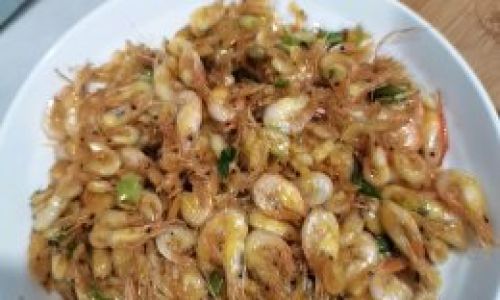
- Fresh River Shrimp: Opt for live shrimp if possible, as their vigor ensures peak freshness. If unavailable, look for shrimp with translucent shells and a mild oceanic scent.
- Aromatics: Garlic, ginger, and scallions form the flavor backbone. Finely minced garlic adds pungency, while ginger imparts a subtle warmth. Scallions, sliced diagonally, contribute a fresh, grassy note.
- Chili Peppers: Fresh or dried red chilies introduce a gentle heat that balances the shrimp’s sweetness. Adjust the quantity to suit your spice tolerance.
- Sauces and Seasonings: Light soy sauce provides saltiness and depth, while a splash of Shaoxing wine—a rice-based Chinese cooking wine—adds complexity. A pinch of sugar enhances the shrimp’s natural sweetness.
- Oil: Peanut or vegetable oil, chosen for their high smoke points, ensures even cooking without burning.
The Cooking Process: Step by Step
Preparing the Shrimp
- Cleaning: Rinse the shrimp under cold water, gently scrubbing to remove any debris. Drain thoroughly but avoid patting dry, as residual moisture aids in steam generation during cooking.
- Trimming (Optional): Some cooks prefer snipping off the shrimp’s antennae and legs for a neater presentation. However, leaving them intact enhances the dish’s rustic charm.
Marinating (Optional)
For an extra layer of flavor, marinate the shrimp in a mixture of soy sauce, Shaoxing wine, and a pinch of white pepper for 10–15 minutes. This step is optional, as the shrimp’s delicate taste can shine without it.
Prepping the Aromatics
- Garlic and Ginger: Mince 4–5 garlic cloves and a 1-inch piece of ginger into a fine paste.
- Chilies: Slice 2–3 red chilies into thin rings, discarding seeds if less heat is desired.
- Scallions: Separate the white and green parts. Slice the white sections into 1-inch segments and the greens into diagonal strips for garnish.
Stir-Frying Technique
- Heating the Wok: Place a well-seasoned carbon-steel wok over high heat. Allow it to smoke lightly—a sign the metal has reached optimal temperature.
- Adding Oil: Swirl 2 tablespoons of oil around the wok’s perimeter. The oil should shimmer but not smoke.
- Searing the Aromatics: Toss in the garlic, ginger, and white scallion sections. Stir-fry for 10–15 seconds until fragrant but not browned.
- Introducing the Shrimp: Add the shrimp in a single layer, arranging them in contact with the wok’s surface. Let them sear undisturbed for 30 seconds to develop caramelization.
- Tossing and Coating: Use a wok spatula to flip and toss the shrimp continuously for 2–3 minutes. The shells will turn vibrant pink, and a sizzling sound indicates proper cooking.
- Seasoning: Drizzle 1 tablespoon of Shaoxing wine around the wok’s edge to deglaze any caramelized bits. Add 1 tablespoon of light soy sauce and a pinch of sugar. Toss to coat evenly.
- Finishing with Chilies and Scallions: Toss in the chili rings and half the green scallion strips. Cook for an additional 30 seconds to meld flavors.
Serving
Transfer the shrimp to a platter, garnishing with the remaining scallion greens. Serve immediately with steamed jasmine rice or crusty bread to soak up the flavorful juices.
The Science Behind Perfect Stir-Fries
Achieving wok hei—the coveted “breath of the wok”—is critical to this dish’s success. This phenomenon occurs when high heat caramelizes sugars and amino acids on the food’s surface, creating a smoky, charred aroma. To master wok hei:

- Preheat the Wok: Ensure the wok is scorching hot before adding oil.
- Avoid Overcrowding: Cook in batches if necessary to prevent steaming, which dulls flavors.
- Toss Rhythmically: Use a circular motion to expose ingredients to heat evenly.
Health Benefits and Nutritional Profile
Small river shrimp are a nutritional powerhouse, offering:
- Protein: A 3-ounce serving provides 20 grams of lean protein, essential for muscle repair and satiety.
- Omega-3 Fatty Acids: These heart-healthy fats reduce inflammation and support brain function.
- Minerals: Rich in selenium, zinc, and iodine, which bolster immunity and thyroid health.
- Low Calories: With only 85 calories per serving, this dish aligns with weight-management goals.
Cultural Significance
Stir-fried small river shrimp holds a cherished place in Chinese cuisine, symbolizing abundance and simplicity. In Jiangsu and Zhejiang provinces, where freshwater shrimp are abundant, this dish graces banquet tables and home-cooked meals alike. Its preparation often coincides with autumn harvests, when shrimp populations peak, and families gather to celebrate nature’s bounty.
Variations and Regional Adaptations
While the classic recipe is beloved, regional adaptations abound:
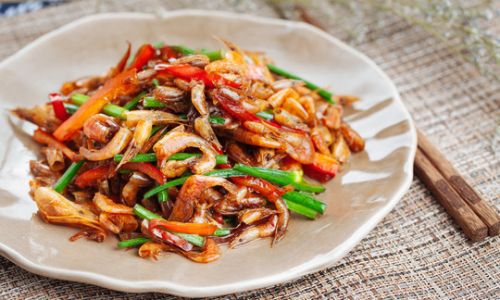
- Sichuan-Style: Add doubanjiang (fermented chili bean paste) and Sichuan peppercorns for a numbing-spicy kick.
- Cantonese Twist: Incorporate oyster sauce and a splash of chicken broth for a richer, saucier finish.
- Vegetarian Adaptation: Substitute shrimp with king oyster mushroom slices, marinated in soy sauce and mirin.
Pairing Suggestions
- Beverages: A crisp lager or light white wine (e.g., Riesling) complements the shrimp’s sweetness. For non-alcoholic options, try chrysanthemum tea or lemon-infused sparkling water.
- Accompaniments: Serve with steamed bok choy, pickled daikon, or garlic-fried rice to balance the dish’s richness.
Common Mistakes and How to Avoid Them
- Overcooking the Shrimp: Remove them from the heat as soon as they turn pink and curl slightly. Overcooking yields rubbery texture.
- Insufficient Heat: A lukewarm wok results in soggy shrimp. Ensure the wok is smoking before adding oil.
- Overcrowding the Pan: Cook in batches to maintain high heat and prevent steaming.
- Skipping Aromatics: Garlic, ginger, and scallions are non-negotiable; they elevate the dish’s depth.
Sustainability and Ethical Sourcing
As global demand for seafood grows, ethical sourcing becomes paramount. Opt for farmed river shrimp certified by organizations like the Aquaculture Stewardship Council (ASC), which ensure environmentally responsible practices. Avoid wild-caught shrimp from regions with overfishing concerns.
The Future of Stir-Fried Small River Shrimp
In an era of culinary fusion, chefs worldwide are reimagining this classic. Modern interpretations might include:
- Tacos: Wrap shrimp in corn tortillas with slaw and sriracha mayo.
- Pasta: Toss with spaghetti, cherry tomatoes, and basil.
- Spring Rolls: Encase shrimp in rice paper with mint and vermicelli.
Yet, the dish’s soul remains timeless—a testament to the magic of simplicity.
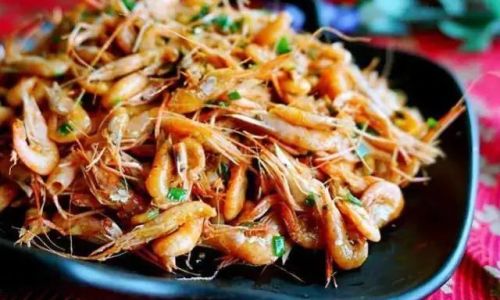
Conclusion: A Taste of Tradition
Stir-fried small river shrimp is more than a meal; it’s a narrative woven from generations of cooks, rivers, and seasons. Its allure lies in the tension between fiery wok action and the shrimp’s tender surrender—a metaphor for life’s fleeting, beautiful moments. Whether enjoyed in a bustling Shanghai night market or a suburban kitchen, this dish invites us to savor the present, one sizzling, succulent bite at a time. So, grab your wok, ignite the flame, and let the dance of flavors begin.
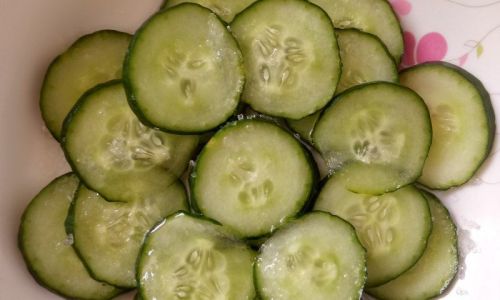
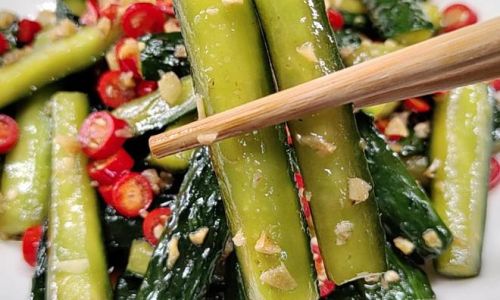
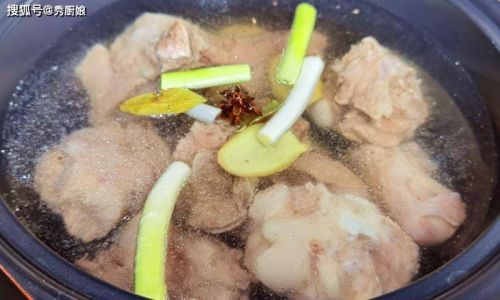
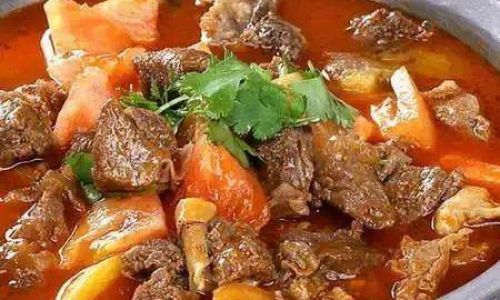
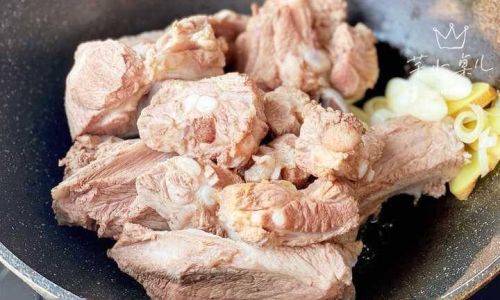
0 comments